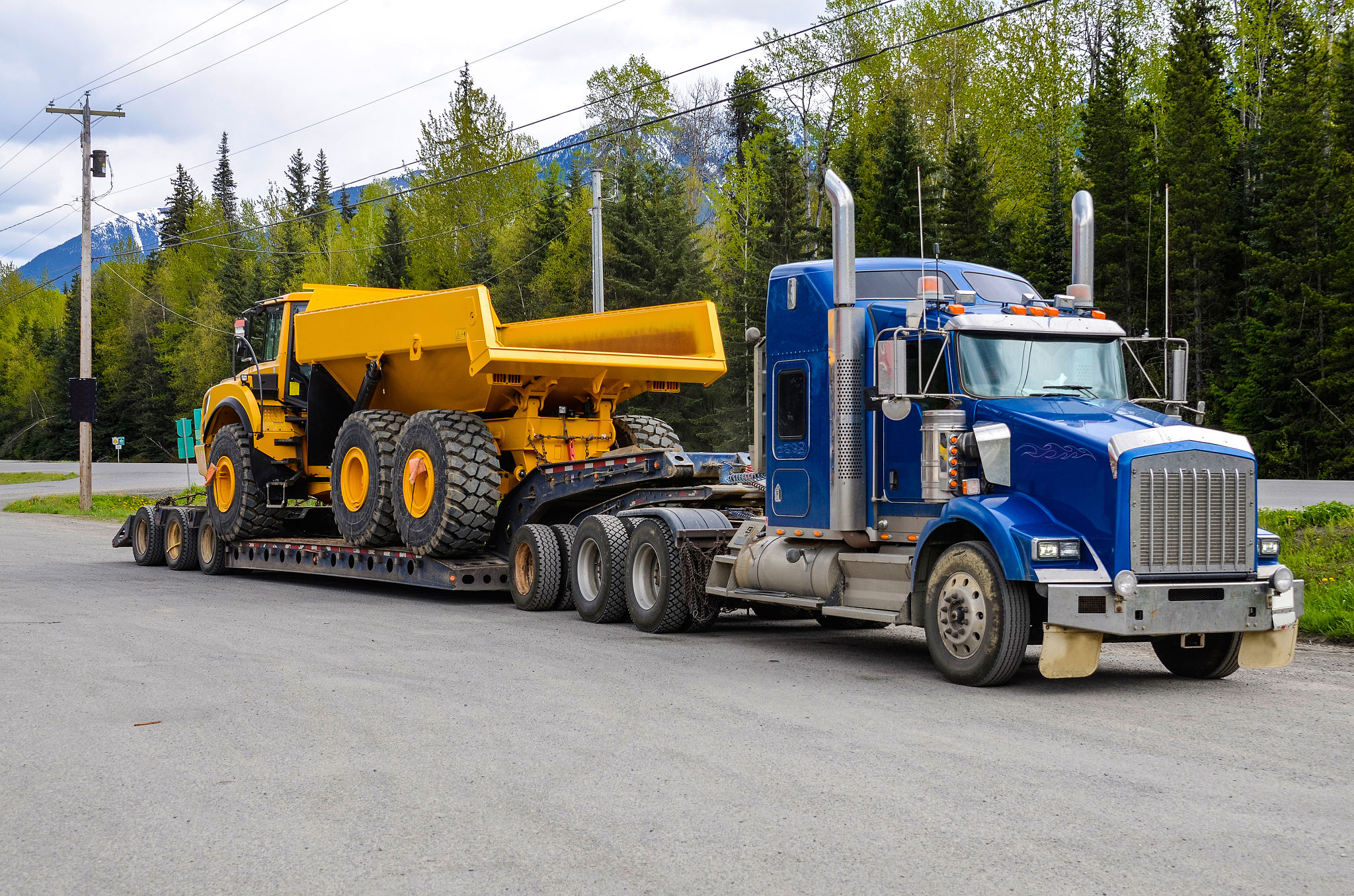Heavy Equipment Transport Solutions: Best Practices and Common Challenges
Understanding Heavy Equipment Transport
Transporting heavy equipment is a complex task that requires careful planning and execution. Whether it's for construction, mining, or agricultural purposes, moving large machinery from one location to another involves several logistical challenges. Understanding the nuances of heavy equipment transport is crucial for ensuring safety, efficiency, and cost-effectiveness.
One of the primary considerations is the weight and size of the equipment. These factors determine the type of transport vehicle required, routing options, and any necessary permits. It's also essential to consider the destination's accessibility, as not all locations can accommodate large transport vehicles.

Best Practices for Safe Transport
Adhering to best practices is vital for the safe transport of heavy equipment. Firstly, conducting a thorough risk assessment is crucial. This involves evaluating potential hazards and developing strategies to mitigate them. Proper training for all personnel involved in the transport process is also essential to minimize risks.
Another best practice is to secure the load effectively. This includes using appropriate tie-downs and securing devices to prevent movement during transit. Regularly inspecting these securing mechanisms is essential to ensure they remain in good condition throughout the journey.
Planning Your Route
Route planning is a key component of successful heavy equipment transport. It's important to choose routes that can accommodate the size and weight of the equipment, avoiding areas with low bridges, narrow roads, or weight restrictions. Utilizing technology such as GPS and route optimization software can help in selecting the most efficient and safe routes.

Common Challenges in Heavy Equipment Transport
Despite careful planning, several challenges can arise during heavy equipment transport. One common issue is dealing with regulatory requirements. Different regions may have varying regulations regarding weight limits, permits, and escort vehicles. Staying informed about these regulations is crucial to avoid fines and delays.
Weather conditions can also present significant challenges. Adverse weather such as rain, snow, or high winds can impede transportation efforts and increase risks. It's essential to monitor weather forecasts closely and be prepared to adjust plans accordingly.
Equipment Maintenance
Ensuring that both the transport and heavy equipment are in optimal condition is critical for a successful operation. Regular maintenance checks should be conducted to identify any potential issues that could lead to breakdowns or accidents during transport.

Leveraging Technology
Technology plays a pivotal role in modern heavy equipment transport solutions. Advanced telematics systems allow for real-time tracking of equipment, providing valuable data on location, speed, and other critical parameters. This information can enhance decision-making and improve safety.
Additionally, using digital platforms for documentation and compliance management can streamline processes and reduce paperwork. These platforms can help ensure that all necessary permits and documentation are in place before transport begins.
Partnering with Experienced Providers
Collaborating with experienced heavy equipment transport providers can significantly ease the process. These providers have the expertise and resources necessary to handle complex logistics, ensuring that your equipment reaches its destination safely and on time.
Before selecting a provider, it's essential to conduct due diligence by checking their track record, references, and certifications. This ensures that you're working with a reputable company that prioritizes safety and reliability.